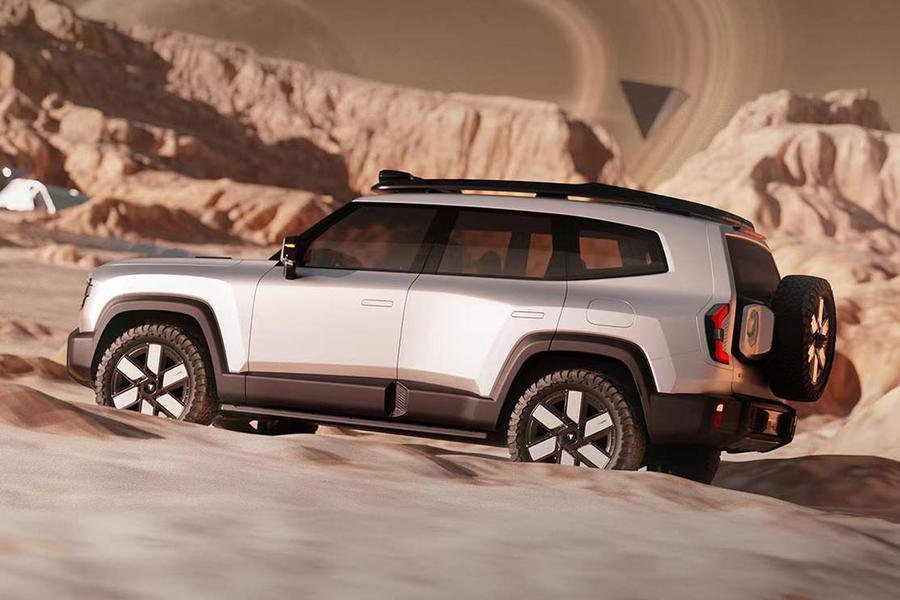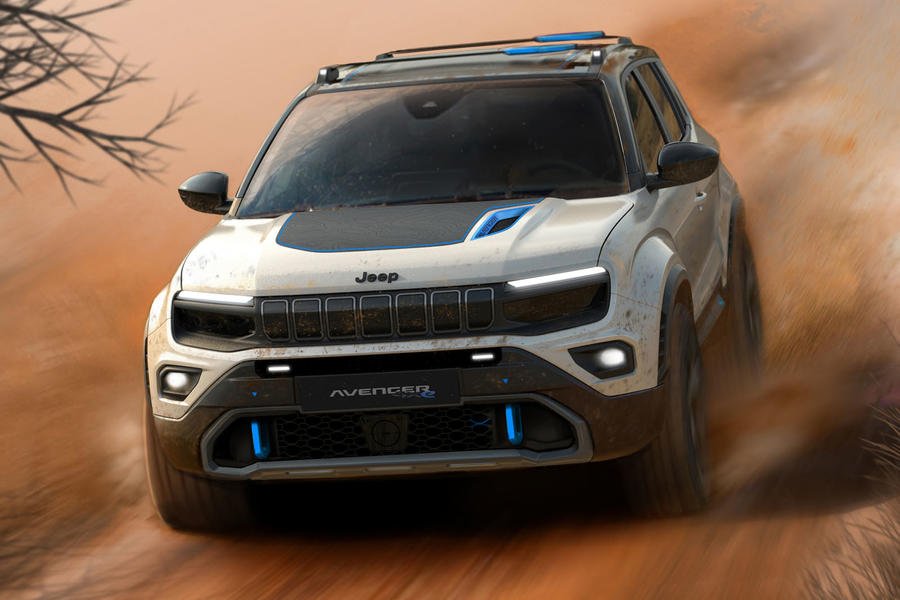Labour responded on 10 October. Shadow transport secretary Louise Haigh said the Tories demonstrated how out of touch they were with the reality facing drivers.
“Labour’s plan means action on unfair petrol and car insurance costs, removing barriers so infrastructure improvements are actually delivered, reducing the traffic clogging up our roads and boosting the charge-point roll-out,” she said.
With a general election looming, the political parties are unwilling to really nail their motoring colours to the mast until it’s time to publish their manifestos – so we asked a range of experts what they would like to see made a priority, and how they think the UK’s roads will change in the next five years.
The tech insurance pioneer

Andrew Bennett is an insurance telematics and ‘connected car’ consultant, involved in such technologies for nearly 20 years and an expert in drivers’ behaviour. We asked him what driving in 2029 will look like.
“On the motorway, I expect a procession of cars trying to travel at 70mph, due to average-speed control and adaptive cruise,” he says.
“Lots of flat-fronted electric cars and the start of GPS-enabled road-tolling beyond the Dartford Crossing and the M6. In towns, fewer cars, more on-street charging, with electric charge costs approaching those of ICE vehicles – parking payments being automated in a consolidated app. The proportion of vehicles that are EV and ICE will vary very notably geographically, influenced by affluence.”
What does he want to see? “More autonomous vehicles and fewer ICE vehicles, a better charging infrastructure off-motorway, and reflective rather than profiteering costs for EV charging.
“A more integrated Britain, with subsidies on EV and train use to reduce carbon emissions.”
The motoring champion

Edmund King, president of the AA, has robocops and middle-lane hogs on his future adaptive cruise radar.
More about this article: Read More
Source: www.autocar.co.uk
This notice was published: 2024-01-13 07:00:00













